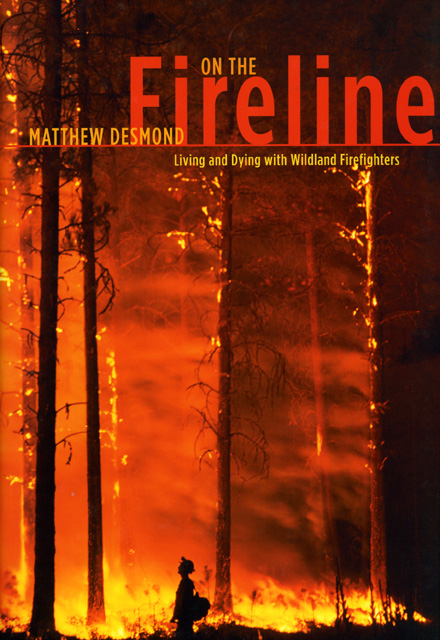Why do they work the fireline?
 Fire is being beaten in southern California. The wind shifts, more firefighters and equipment are deployed, and the wildfires—after burning half a million acres and displacing about as many residents—are brought under control.
Fire is being beaten in southern California. The wind shifts, more firefighters and equipment are deployed, and the wildfires—after burning half a million acres and displacing about as many residents—are brought under control.
Different stories then emerge. Stories about causes and responses and lessons learned. Stories about heroic and despicable acts. Stories about those who fled their homes and those who fought the flames. “Firefighters are a particular breed,” said California Department of Forestry and Fire Protection Battalion Chief Doug Lannon in a story in the Los Angeles Times. But what does that mean?
Burning to death is a hellish way to die. Yet every year men and women across the country risk their lives for low pay to fight wildfires. What motivates them to put their lives on the line and face heat so intense it can melt steel? Understanding the breed that is the wildfire firefighter is the point of Matthew Desmond’s just-released book, On the Fireline: Living and Dying with Wildland Firefighters. Desmond lived and worked with a wildland fire crew for four seasons and delivers a vivid and sophisticated account of this high-risk work, immersing the reader in their dangerous world.
John Maclean, the author of an account of the Colorado South Canyon fire that killed fourteen firefighters in 1994, said:
Rich in gritty detail, Matthew Desmond’s sociological study of a firecrew is a welcome addition to the literature of wildfire. His four years on a backcountry Forest Service crew provide authentic material—sometimes startlingly so—for his observations. If you want a look behind the flames to see what drives these people to come back year after blistering year then read this book.
(John Maclean is, of course, the son of Norman Maclean, who also knew much about fire and the death of those who fight it. Norman Maclean wrote Young Men and Fire, the modern classic that tells the story of the Mann Gulch fire of 1949.)
Read an excerpt from On the Fireline.